Seborrheic keratoses are common, noncancerous growths on the skin that typically occur on older adults. Younger adults can develop seborrheic keratoses, but this skin condition typically develops in adults over 45 years of age. This condition can appear as a single lesion or a cluster of lesions. These warty barnacle-like bumps are waxy, scaly and slightly elevated and can be up to one inch across. They can be grey, white, brown, tan, or black in color and can appear anywhere on the body.
Seborrheic keratoses are not contagious, but they can resemble skin cancer. These growths have no known cause, but some think the lesions are a result of genetics and sun exposure. Seborrheic keratoses are typically painless but can become irritated from being rubbed or scratched. These skin lesions can also become itchy. It is important not to scratch these skin lesions because it can lead to bleeding or infection.
A dermatologist can decipher if you have seborrheic keratoses and can remove them for cosmetic reasons by using various methods including the new FDA approved Eskata or liquid nitrogen to freeze the growths. After several days, the treated lesion will peel off. A dermatologist can also destroy the growth and scrape it off by using electrocautery. Always seek the help of a dermatologist, and do not treat these skin lesions yourself.

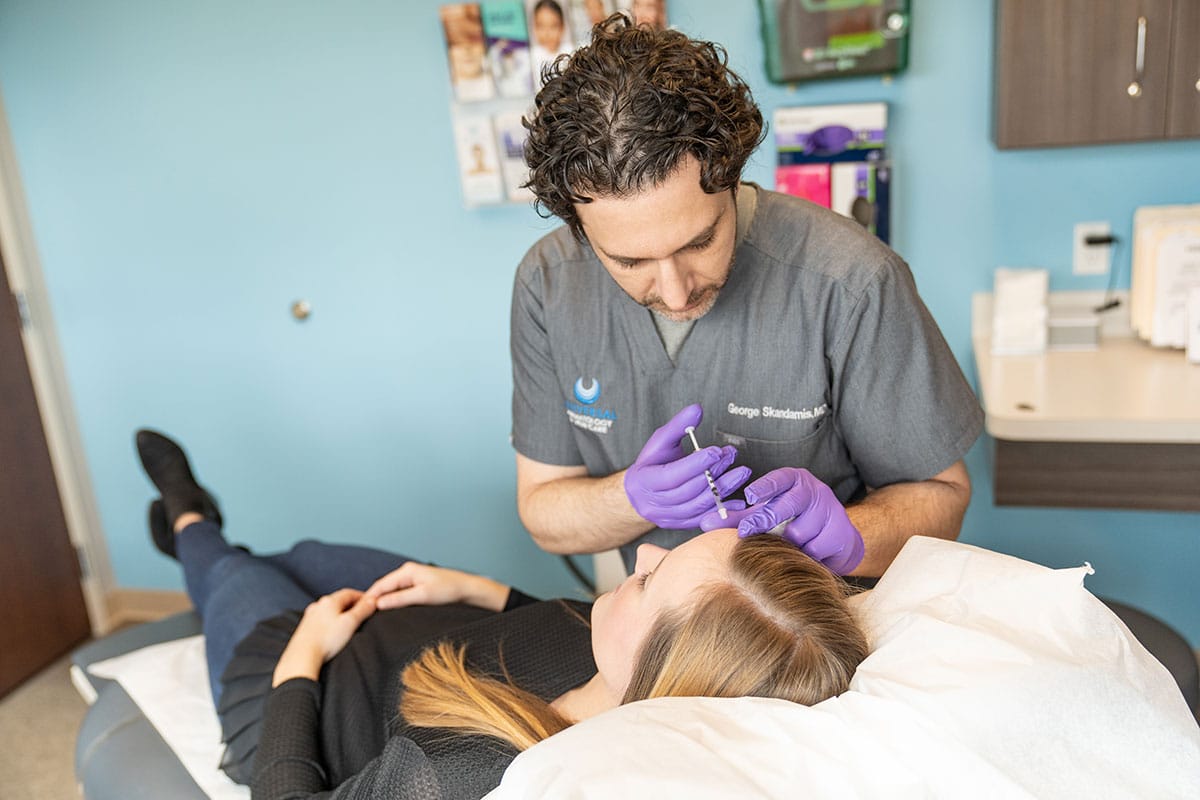 Our Dermatologists
Our Dermatologists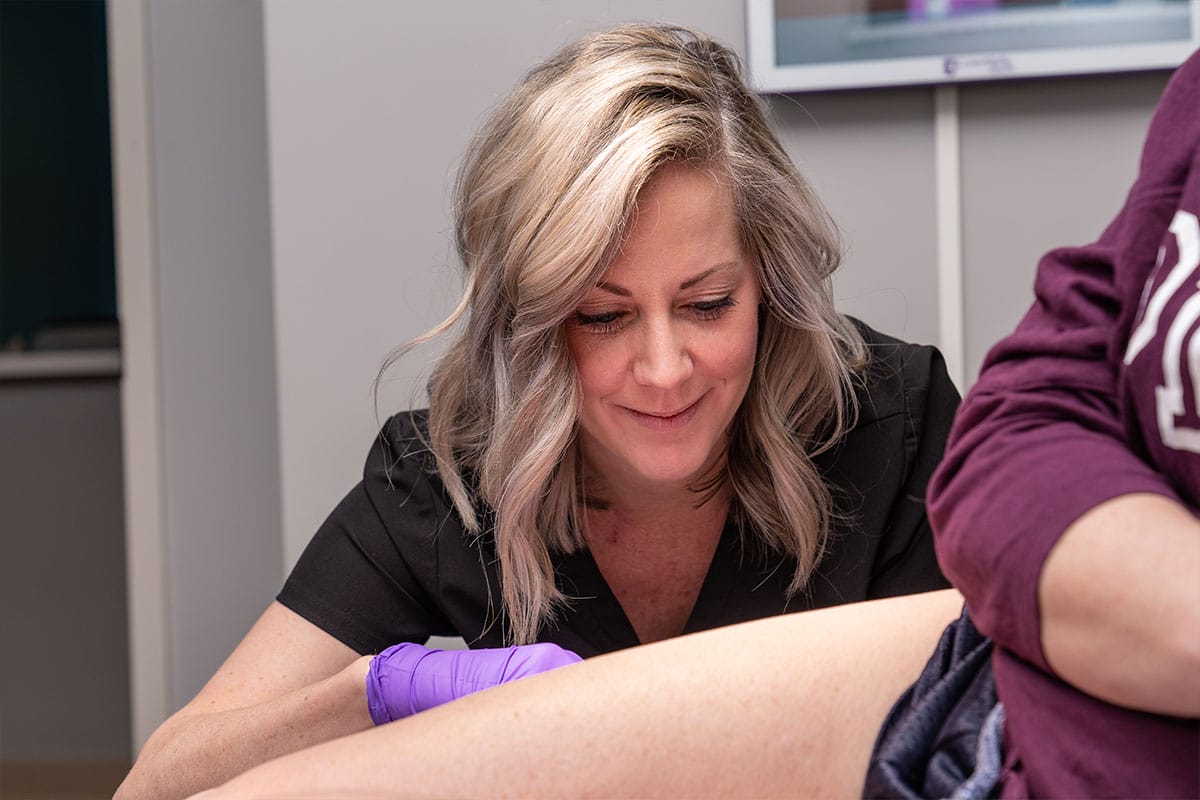 Our Providers
Our Providers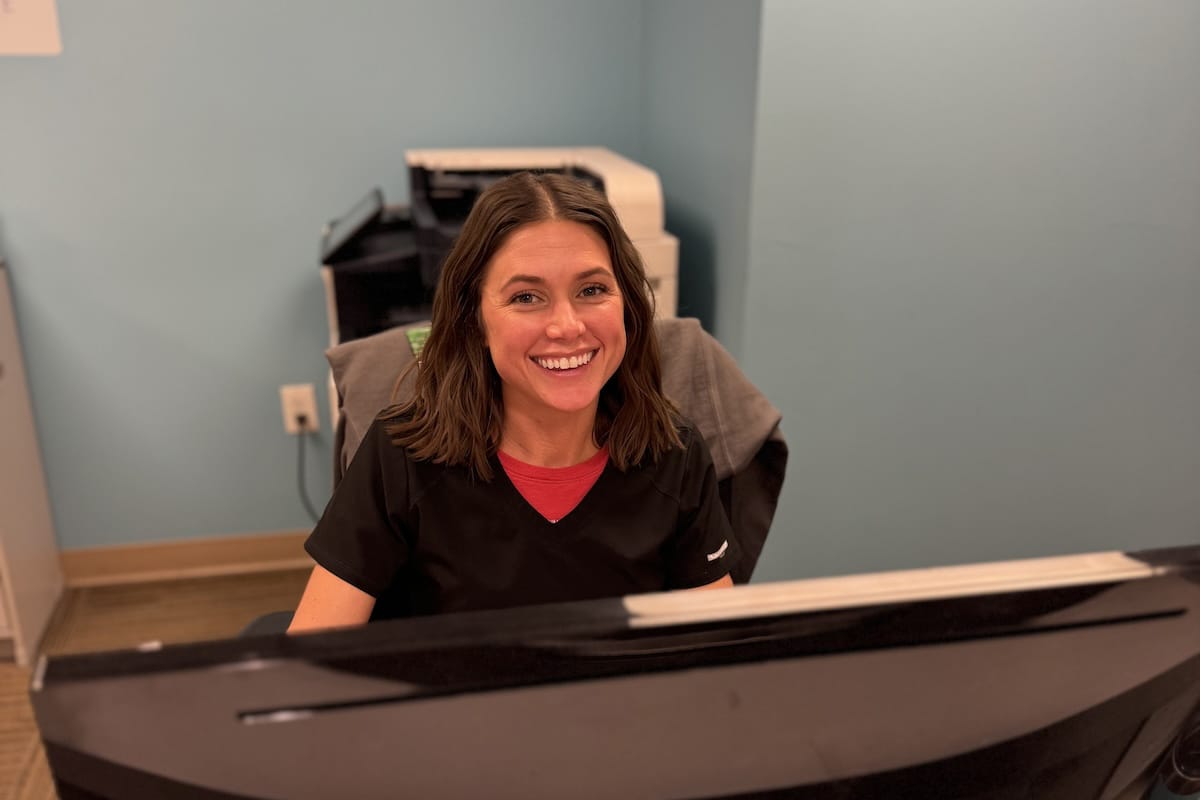 Our Staff
Our Staff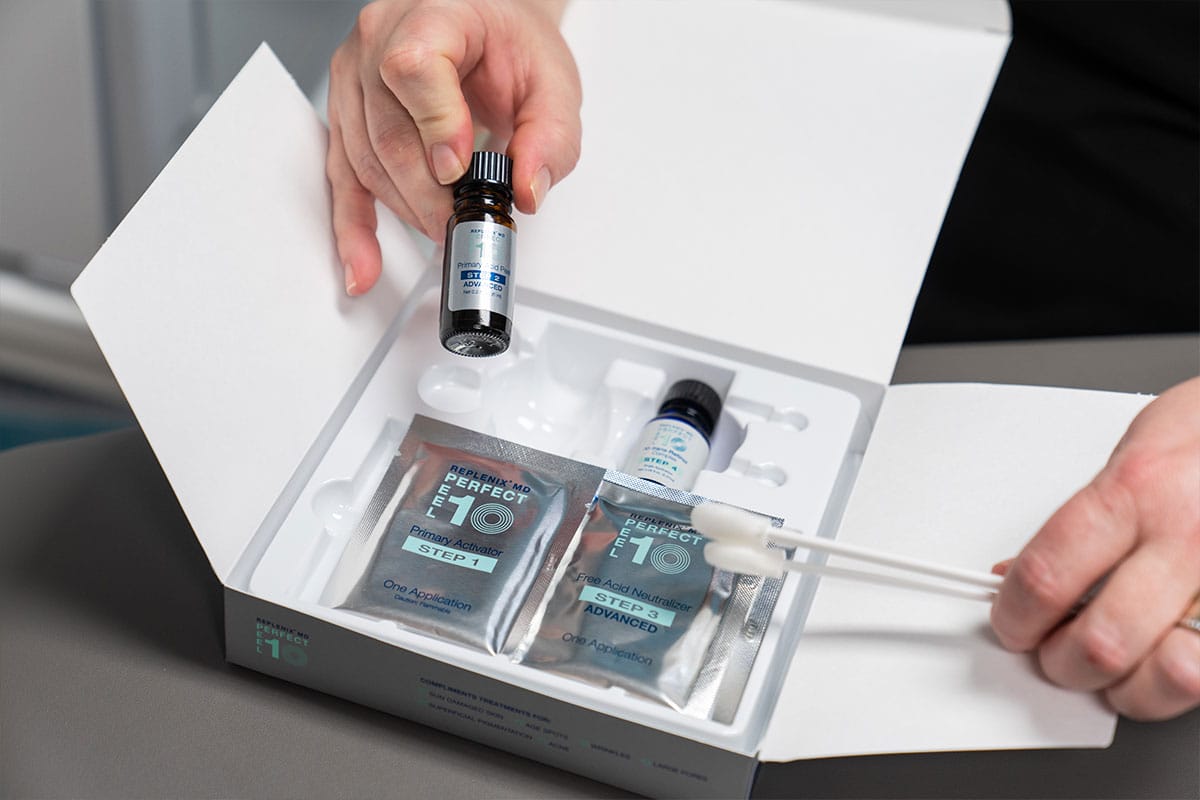 Specials
Specials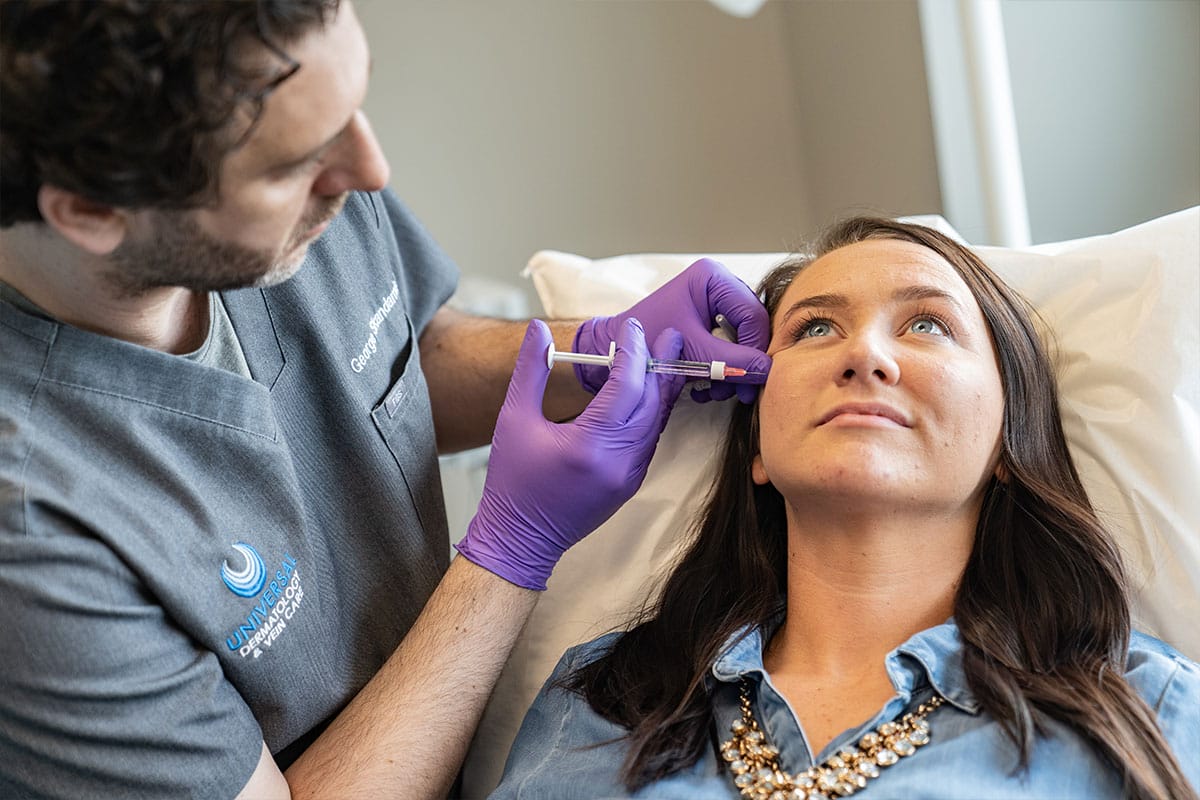 Financing
Financing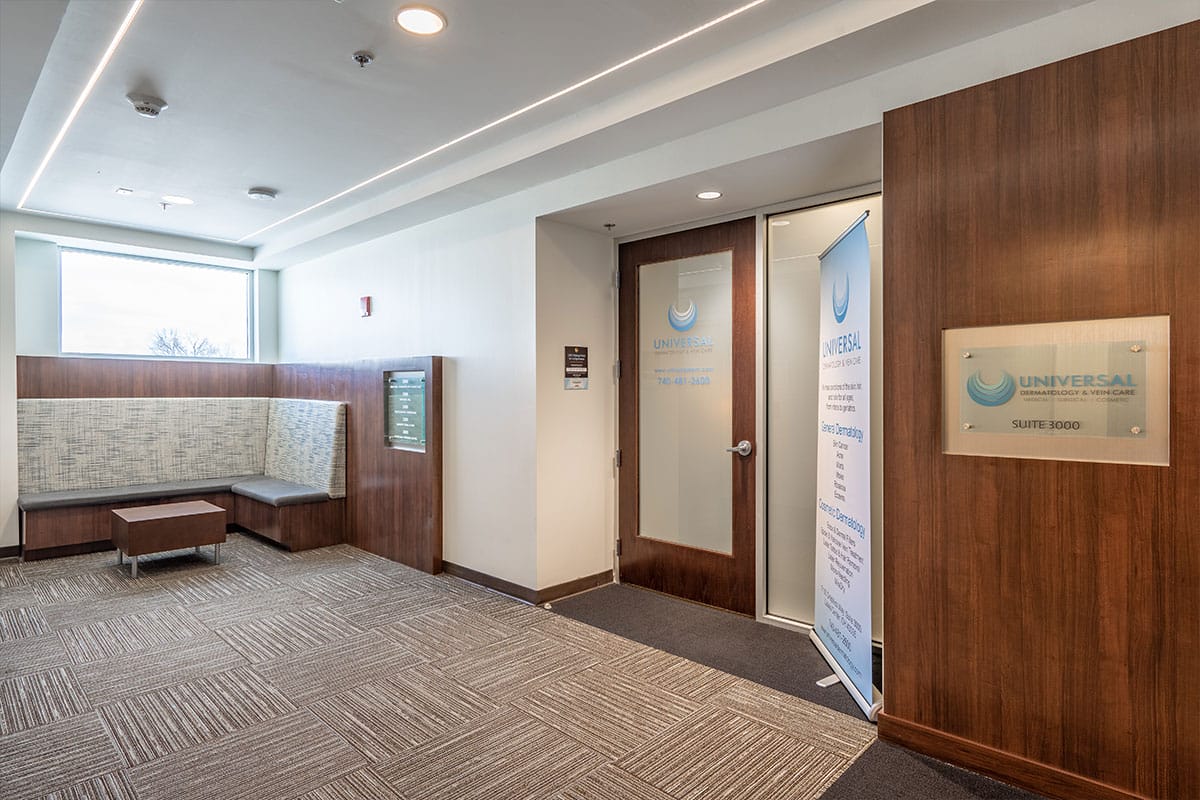 Pay Bill Online
Pay Bill Online